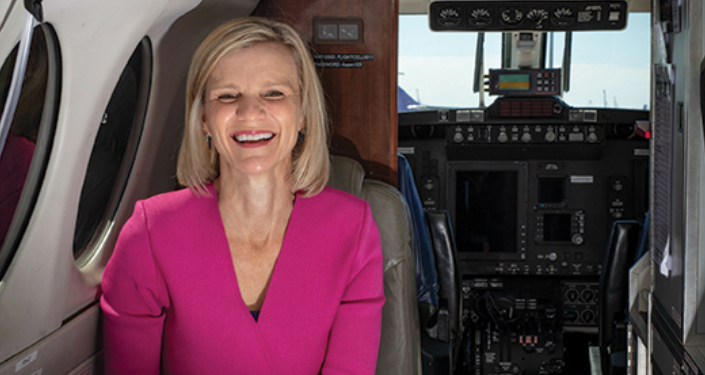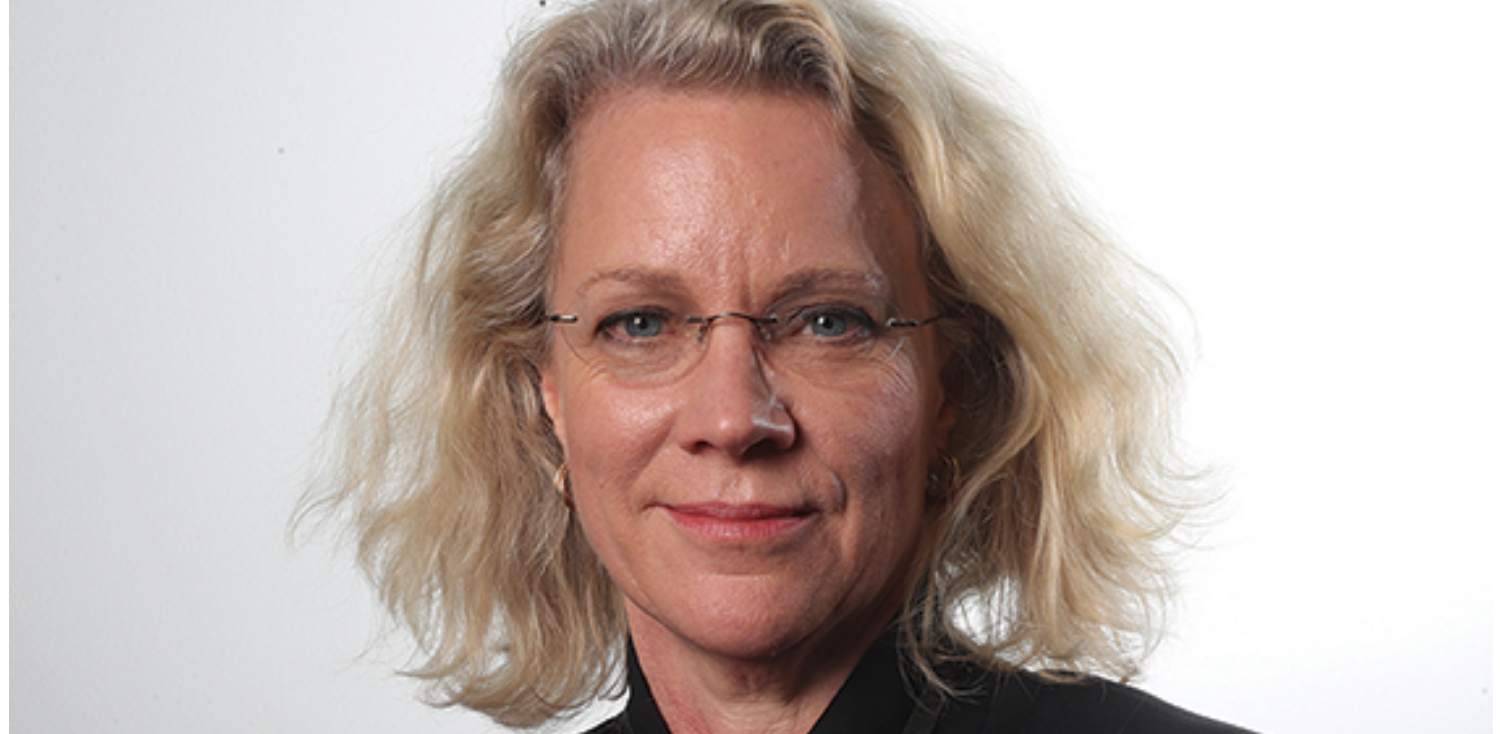Political tension. Technology disruption. Regulatory change. Economic tremors. The list goes on. Every aspect of modern life seems clouded by uncertainty right now. For managers and leaders, it can feel like the only certainty is that more change is coming.
That presents an enormous challenge for those institutions charged with educating the managers and leaders of the future. How can universities prepare graduates for a business landscape that could be unrecognisable in years to come? Or, to put it another way, how is it possible to prepare someone for tomorrow, when you don’t know what tomorrow even looks like
Keeping up with business and education
One man who may have the answer is Professor Tony Travaglione. The University of Newcastle’s Pro Vice-Chancellor of Business and Law has his finger on the pulse of business education in Australia and worldwide. Until recently, he was President of the Australian Business Deans Council, providing leadership to 39 business schools, nationwide. And he is currently on the International Advisory Board at the Institute of Management Technology in Dubai.
Prior to his role at the University of Newcastle, Professor Travaglione held senior positions at the Curtin Business School, the University of Adelaide and the University of Sydney. He has also held the position of Visiting Professor at Stanford University where he taught MBA students at the Stanford Graduate School of Business.
Throughout his career, Professor Travaglione has maintained close links between the education sector and the business community. He has delivered research and other projects for an enviable collection of organisations including ANZ bank, BHP, Qantas, Nespresso, Main Roads Western Australia, Westrail, Hunter Area Health, and Centrelink. He has also conducted projects for international organisations including Norwich Union, Royal Sun Alliance, Guinness Brewing and the London Underground.
IML ANZ chief executive David Pich CMgr FIML caught up with Professor Travaglione to discuss how the education sector is evolving to meet the changing needs of aspiring managers and leaders.
Addressing the issue of graduate employability
DAVID PICH: Employers sometimes lament that university students, upon graduating, are not ‘work ready’ for the business world. How would you respond to that?
TONY TRAVAGLIONE: Traditionally, graduates who undertook business courses such as MBAs found it relatively easy to find employment. However, more recently, we’ve seen a shift where some institutions’ curricula have struggled to keep pace with the speed of change in the world of work. Of course, the flipside is that there’s been huge success for the universities and courses that have reacted positively and quickly.
Connecting with industry and staying relevant
 DP: How can educators adapt to stay relevant?
DP: How can educators adapt to stay relevant?
TT: Working closely with the business sector is a big part of it. One way we’ve done this at the University of Newcastle is in relation to our EMBA, where we’ve consulted with industry. This has resulted in students working on organisational projects. We’re keeping the curriculum up to date by having organisations and employees working on real-life projects, and bringing their learning back to the classroom, and vice versa. So instead of completing textbook assignments, they’re rolling up their sleeves and doing workplace projects.
DP: The University of Newcastle’s links to the business sector now extend to IML ANZ too. We’re delighted to have the University of Newcastle on board as a Pathway Partner for your Executive MBA (EMBA). What excites you about that partnership?
TT: It’s a wonderful opportunity to work with a really professional body like IML ANZ and it helps to address what is missing in MBA programs right now in Australia. To enrol in this program, you need support from an employer. The curriculum supports you in the attainment of a range of skills and competencies, allowing you to graduate as a Chartered Manager in one year if you complete all the eight courses. And, during that journey, students are entitled to IML ANZ Member benefits.
DP: I can’t help but think that’s how education, and particularly tertiary education, has to go: building more of these kinds of partnerships with industry.
TT: Oh absolutely. That’s how to ensure university courses adapt at the same speed that industry does. And equally, if a university is leading the way in terms of research, then that also feeds its way back into the organisations. Everyone benefits from the knowledge that everyone brings to the table.
The shifting education landscape
DP: When I think back to my own university degree, it was essentially sitting in an old dusty, draughty lecture theatre. It was really no preparation for the world of work at all. Back then, the gap between work and academia was huge. Has much changed?
 TT: If you were to come and attend classes at the University of Newcastle now, your experience would be unrecognisable from what you just described. The analogy I would use is that the old form of learning – hour-long university lectures – was like sitting down and reading a newspaper for 60 minutes. But instead, we now use blended learning.
TT: If you were to come and attend classes at the University of Newcastle now, your experience would be unrecognisable from what you just described. The analogy I would use is that the old form of learning – hour-long university lectures – was like sitting down and reading a newspaper for 60 minutes. But instead, we now use blended learning.
Blended learning is more like sitting down with three or four friends, and discussing what you’ve learned having already read the newspaper. Then, at a certain point, a subject matter expert (a university academic and/or industry expert) joins you for the discussion to add their insights. All of a sudden, someone jumps in saying, “Well, I found this online yesterday”. Someone else points out something they read in a magazine. And by the time that 60 minutes is up, you’ve covered numerous sources from around the globe and participated in a sophisticated debate.
Given the choice, what would you do: Stick to reading the newspaper for an hour? Or engage in all those interactions with people using all of those sources of information? I think it’s obvious which approach would enrich your learning most.
DP: In the past, people would study a tertiary degree then work in a single profession or industry for the rest of their lives. Now, as people live longer and markets are increasingly disrupted, individuals are likely to switch careers several times in their lifespan. That means reskilling and learning will be required throughout people’s lives, not just when they’re in their teens or early 20s. What advice would you have for managers and leaders who want to thrive in such an environment?
TT: The skillset that will be transferable across industries may not necessarily be a technical one. It is more about soft skills which centre around leadership: teamwork, negotiation, understanding culture, harnessing diversity, and so on.
My advice to anyone is that the days of a single qualification are indeed gone.
DP: That echoes what we’ve been saying at IML ANZ. If you want to lead people, then technical skills alone are not enough. However, I was interested when you used the phrase ‘soft skills’. I use it too – but I have a problem with it because ‘soft’ sounds easy. Whereas soft skills are actually hard to master!
TT: I agree – we do need to change that phrase. Perhaps we should simply talk about leadership skills? Because to be a successful leader, you’ve obviously got to understand what it takes to recruit, develop and manage a successful team. You’re only able to do that if you’ve got effective leadership skills. You can be the best in the world in a technical area, but if you don’t have those leadership skills, your career will stall. You’re not going to make your organisation as effective as it should be.
DP: Are you optimistic about the future of business education in Australia?
TT: I’m an optimist simply because I believe in competition. There is currently competition in the marketplace and that is only going to grow and grow. Yes, we all offer pretty much the same products, but how the products are delivered is what matters. At the University of Newcastle we use blended learning, as I described before.
There are other business schools who would expect their students to turn up to a big lecture room packed with hundreds of students.
You can simply record that lecture and play it over and over again year in, year out. And the students know that. So why would they bother going to classes? When we hear that perhaps students are not attending classes in the same numbers as they might have done 10 or 15 years ago, it’s easy to see why.
Today, some educators are trying to teach students the same way that they did 10 or 15 years ago. And students today are not interested in those outdated forms of delivery.
But I’m optimistic for business educators and institutions who follow a different path – the path of blended learning.
The full version of this article appeared in the December 2019 print edition of Leadership Matters, IML ANZ’s exclusive Member’s magazine. For editorial suggestions and enquiries, please contact karyl.estrella@managersandleaders.com.au.










